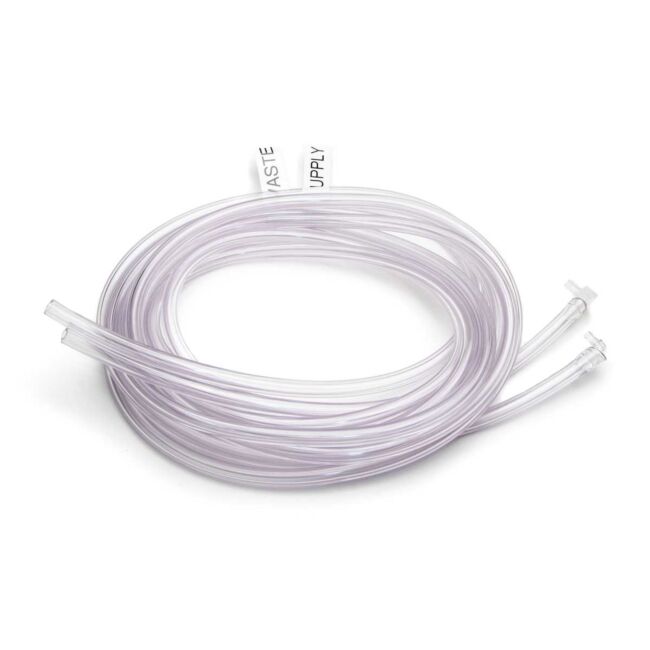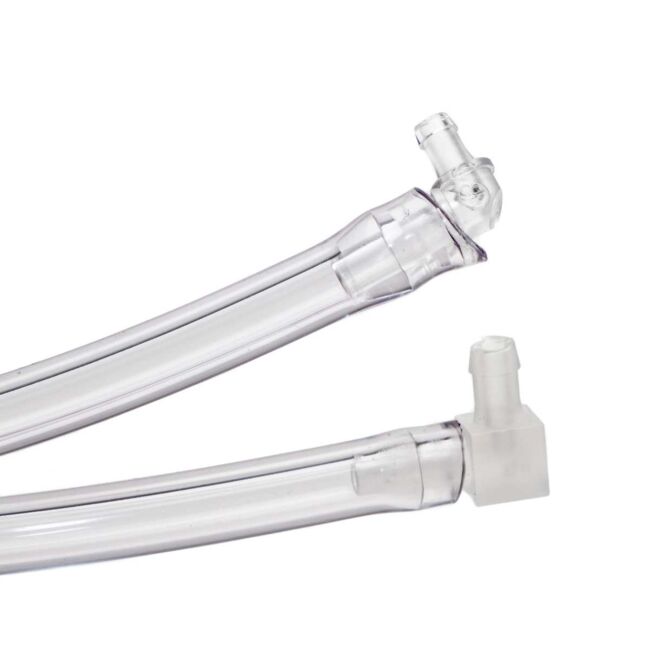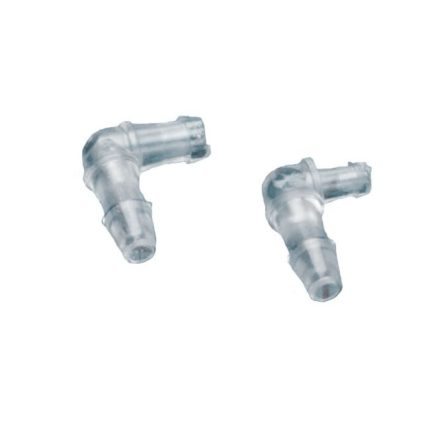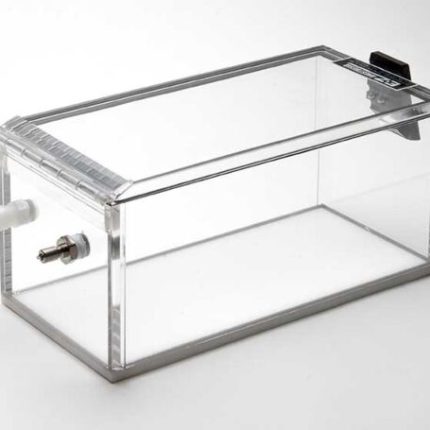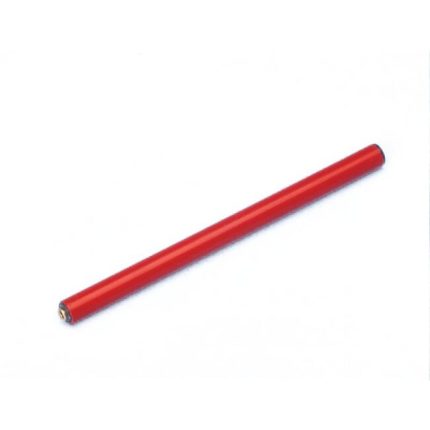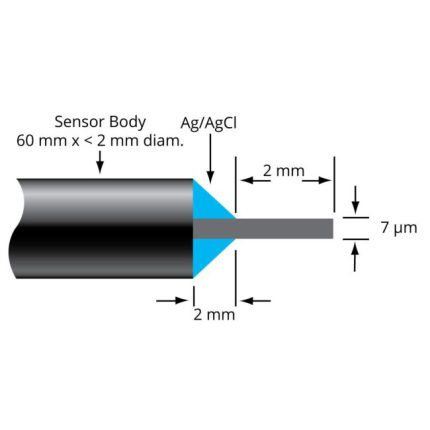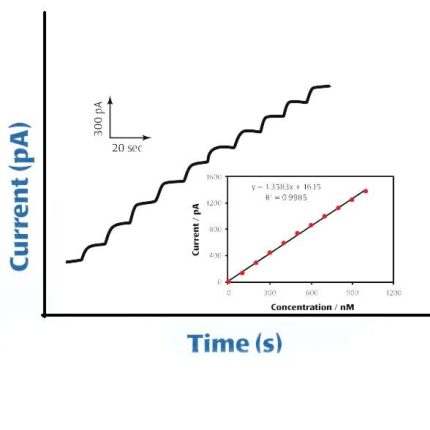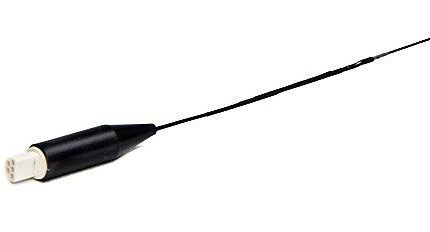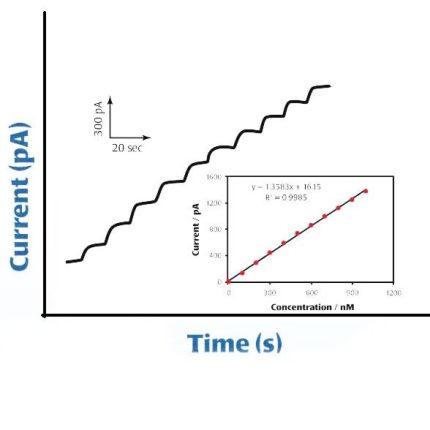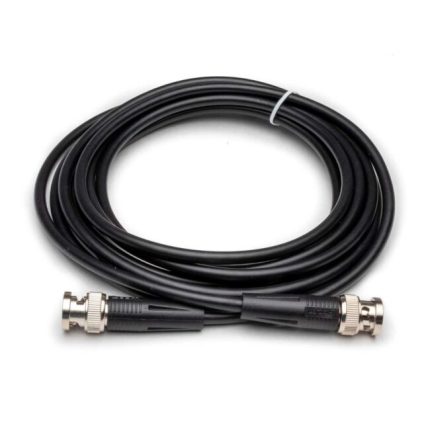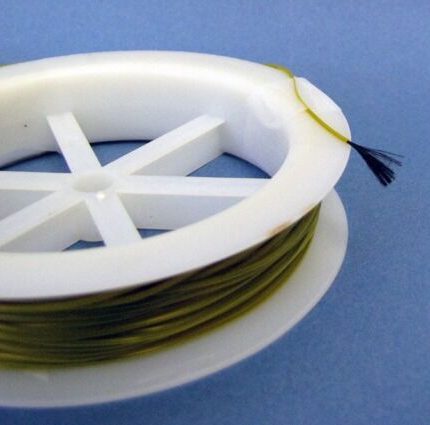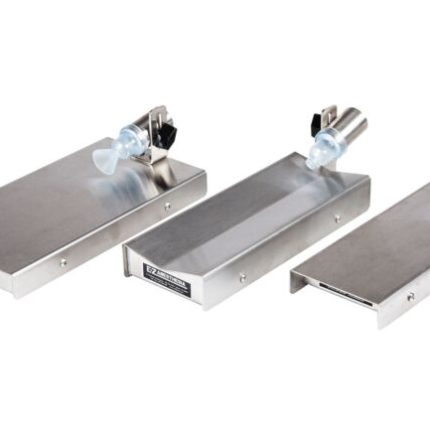Product was successfully added to quote request.View Your Quote Cart
Tubing for Rodent Gas Masks
$42.00
These rodent gas masks fits mice and rats of all sizes, and they are versatile for a wide variety of applications. The OC gas masks allow you access to the eyes and head of the rodent while sealing the nose and mouth. The gas masks provides stability of the animal for examinations and surgery, and they can be easily incorporated in existing examination procedures. The waste-line connects to gravity or vacuum filters, and swiveling ports allow for greater flexibility in positions. The are easily adapted for stereotaxic applications.
Сatalog number:
OC-TUBING
Categories: Anesthesia Accessories, Anesthesia Systems, Instruments/Platform
Shipping & Delivery
Related products
Micro Nitric Oxide Sensors
$1,027.00 – $1,074.00Price range: $1,027.00 through $1,074.00
The ISO-NOP007 has a tip diameter of just 7 microns and a length of 2mm. The response is linear over a wide dynamic concentration range of NO. The design is based on a single carbon fiber coated with WPI's NO-selective membrane. A detection limit of approximately 1 nM NO makes this electrode ideal for use in tissues and microvessels.
ISO-NOPF Flexible Nitric Oxide Sensor
Analyzers, Amplifiers, Instruments/Platform, Free Radical Analyzers, Biosensors, Nitric Oxide Sensors
$1,251.00 – $1,792.00Price range: $1,251.00 through $1,792.00
ISO-NOPF electrodes are available in 100 µm, 200 µm and 500 µm diameters. Utilizing the latest advances in nano-technology and material science, scientists at WPI’s Sensor Laboratory have created these completely flexible and virtually unbreakable NO sensors. The new sensors are based on a composite graphite NO-sensing element combined with a reference electrode. The surface of the sens
BNC to BNC Cable
$40.00 – $47.00Price range: $40.00 through $47.00
Our BNC-to-BNC Coaxial Cables come in a variety of lengths, from 6 inches to 10 feet, and work well with our electrophysiology equipment and meters. These cables have a metal, male BNC connector on both ends of the cable. BNC (Bayonet Neill-Concelmen) connectors have a bayonet-style locking mechanism that provides a secure connection. These coaxial cables have an impedance of 50 ohms (RG58U style). The cables have excellent shielding from electromagnetic interference and radio frequency interference, which is perfect for electrophysiology laboratories. The length of your cable can affect the signal quality, so choose the shortest cable that is long enough for your application. Learn More
Сatalog number:
CPVC4050G
Carbon, 18 AWG, green
$0.00
Digital Anesthesia System
$7,765.00
E-Z Anesthesia® has taken the vaporizer to the next level. In an era of advancing technology, people have asked for the vaporizer to follow along with the digital trend. E-Z Anesthesia has taken the best of the both worlds and combined them into a very reliable, user-friendly, state-of-the-art system. The Digital Anesthesia System, AD-5000, enhances the always reliable TEC 3 vaporizer.

